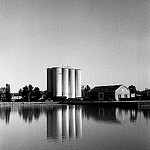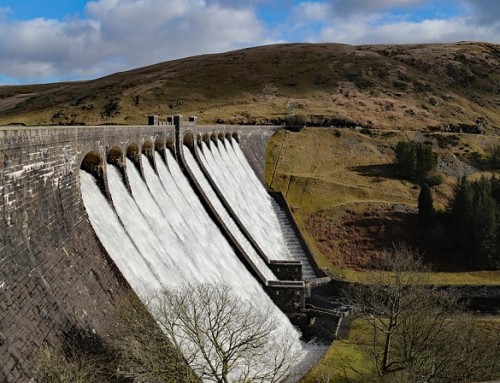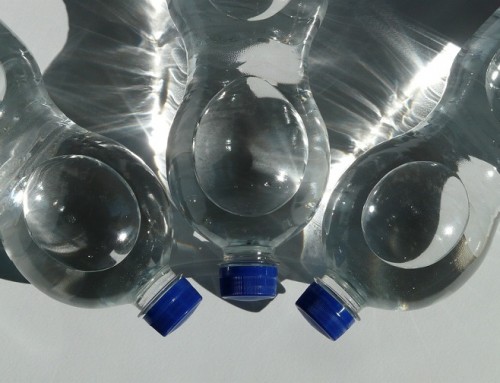 According to statistics provided by the United Nations, only 10% of our global water consumption happens in our home. The other 90% gets divided between agriculture, which gets the lion’s share, and industry. It depends on the country though. In Belgium, industrialisation is claiming 80% of the country’s water resources.
According to statistics provided by the United Nations, only 10% of our global water consumption happens in our home. The other 90% gets divided between agriculture, which gets the lion’s share, and industry. It depends on the country though. In Belgium, industrialisation is claiming 80% of the country’s water resources.
When you think about it, the amount of fresh water getting pumped into factories is staggering. The efforts we make to save water in our homes and offices have the power to make a difference, but if there is no conscious effort to save water where it is spent most regally, our effort barely register.
But why our water?
It is natural to reason the water used for industry is not getting used for human consumption, so why does it have to come from our precious fresh water resources? Roughly two-thirds of the Earth’s surface is covered in oceans, so you would think we can tap our industrial water from this seemingly bottomless pit.
Research has been done on the possibility of farming with sea water, and in some types of agriculture this is a viable option. Unfortunately it is not as simple as pumping your irrigation directly from the sea. The mineral content of our soils have to be perfectly maintained to sustain life. Even a slight shift in pH value or salt levels can destroy the agricultural potential of our fruit-bearing land.
Avoiding water consumption in industry is impossible as it is used as a solvent, transport agent, coolant and raw material to name just a few. However, in factory use sea water corrodes metal machinery, so its implementation is hardly ever sustainable. Luckily there is life for water after industry.
Water purification for the industrial world
The technology available for purifying water is getting more effective, and more accessible. Most developed countries have strict regulations in place for the state of water that gets dumped after industrial use, as it often ends up affecting fresh water wild life.
Exciting breakthroughs are being made in the agricultural sector where water used for wine production gets filtered with the use of natural bacteria. The whole process is chemical free, and completely sustainable as the clean water can go straight into irrigating vineyards. This method is capable of producing water pure enough to drink.
Sadly, there are no substitutes for our drinking water when it comes to manufacturing the products we love, but at least new methods of purification means waste can be cut to a minimum.
It takes a lot
Next time you go shopping, keep a few of these points in mind:
37 gallons (170 litres) of water gets used to produce a single pint of beer.
There are roughly 25 baths of water imbedded in every cotton T-shirt.
It takes 44 000 000 gallons (200 000 000 litres) of water per second to grow food for the planet.
If all the Earth’s water is represented by a 1 gallon (4.55 litre) jug, the fresh water available to us would be less than 2 tablespoons.
Living-Water supplies businesses with water cooler service and natural spring water. Get a free water cooler trial or site needs assessment for your business.





